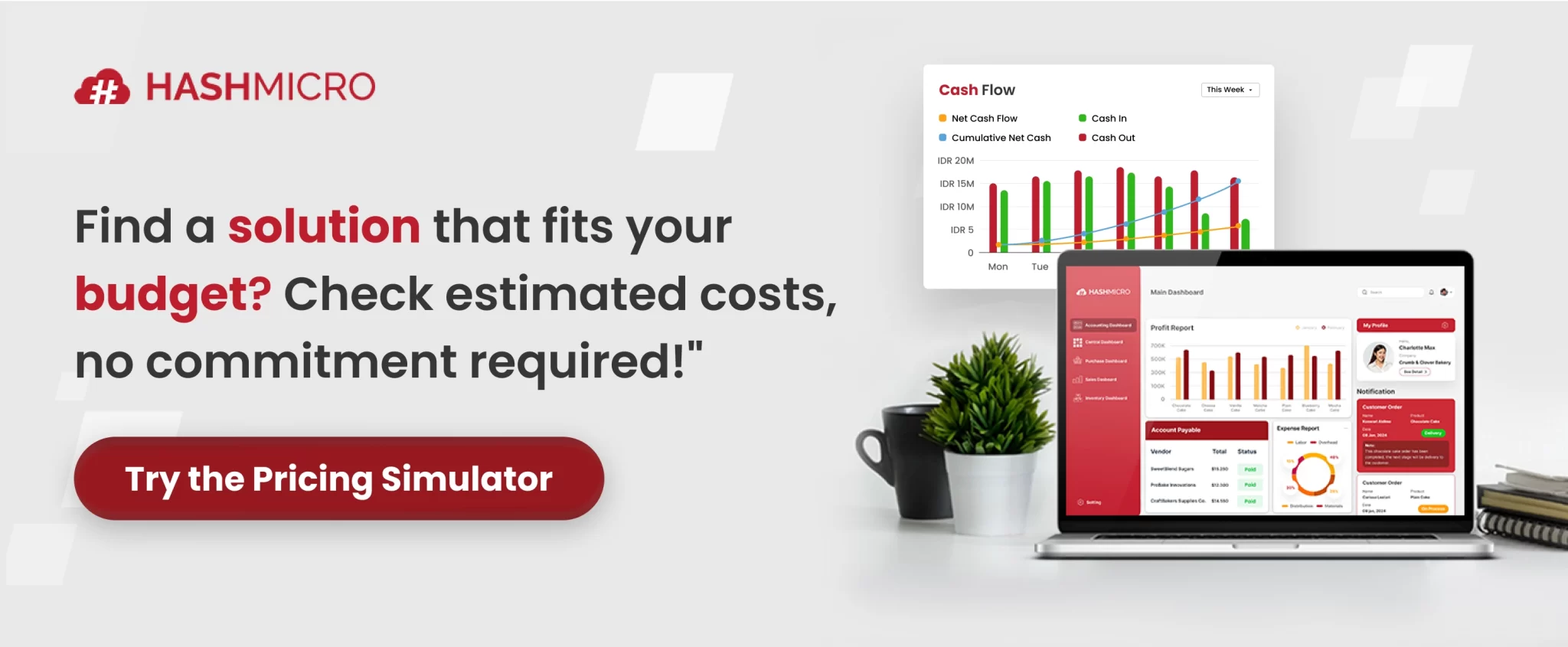Does your educational institution need more efficient management systems? A university ERP Management system can streamline operations and reduce administrative burden. Without it, managing tasks and data can become a complex, error-prone process.
As the Global University Management System Market Industry is projected to experience substantial growth in the coming years, I found that an education ERP system can centralize school management tasks, integrating everything from admissions to scheduling and grades, which can smooth data flow, improve decision-making, and enhance department efficiency.
This article explores how university ERP system software can improve educational operations. We’ll also discuss challenges and provide tips for choosing the right system, and offer a free demo along with recommendations for tools that can help make your institution more efficient with the right solution.
Key Takeaways
|
What is ERP in Education & Why It Matters
ERP (Enterprise Resource Planning) in education refers to integrated software systems that manage various administrative tasks in educational institutions. These include student enrollment, course scheduling, grading, financial management, and human resources.
The school ERP’s importance lies in its ability to enhance communication and improve data accessibility. It enables educators, students, and administrators to access real-time information, which supports better decision-making.
Furthermore, based on my experience, ERP systems help educational institutions improve resource management. Staff can focus on more strategic goals by automating routine tasks, such as payroll or course registrations. Ultimately, ERP systems in education drive operational efficiency, reduce costs, and enhance the learning experience.
Who Uses ERP in Education?

Educational institutions, such as universities and schools, are the primary users of ERP systems. These systems help administrators, faculty, and students by automating routine tasks and streamlining workflows. The system allows users to focus on what matters most—education.
Faculty members benefit from an ERP student management system, which helps track student progress, grades, and assignments. Teachers can create assignments and evaluate student performance through the system, ensuring accurate, real-time data management.
Students can also access the school ERP system to view grades, course schedules, and other important academic information. With real-time updates, they can stay on top of their academic performance, fostering a more engaged and self-managed learning experience.
Read more: Benefits of a Tuition Management System in Singapore 2025
8 Recommended University ERP Management Systems
Selecting the right ERP system for universities is crucial for streamlining administrative processes and enhancing overall management.
Here are 8 recommended university ERP systems that can help institutions enhance efficiency and provide better services to students and staff.
1. HashMicro University ERP Systems
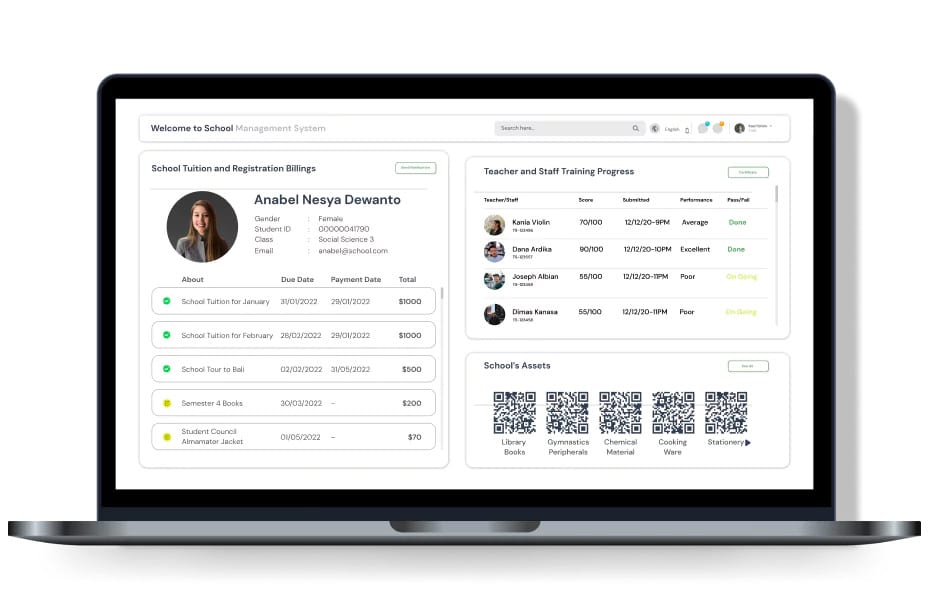
HashMicro School Management Software provides a comprehensive ERP solution specifically designed for universities. It integrates various modules, including student management, finance, payroll, HR, and course scheduling. The system helps streamline daily operations and gives administrators easy access to essential data.
With its cloud-based structure, HashMicro enables real-time data access from anywhere. I particularly appreciate how the software offers customizable dashboards and reports, enabling decision-makers to optimize resources and improve university efficiency. It’s also mobile-friendly, which makes it convenient for on-the-go access.
I chose HashMicro because it is compatible with a wide range of educational institutions, from small colleges to large universities. It is particularly beneficial for institutions seeking a tailored solution that grows with their needs.
Features:
- New Student Enrollment (PPDB): Enrollment and selection results can be accessed through the online platform.
- Student Data Storage in the Cloud: Student data is available online with the school management system.
- Digitalization of Student Attendance: Simplify Student Attendance Data Recap with the School Management System.
- Subject & Classes Management: Automatically manage class schedules, teachers, and subjects.
- Assignment, Homework, and Grading Management: Manage individual student assessment data, such as homework, assignments, and exams.
- Media and Library System: Manage shelves, locations, and borrowing with the school management application.
- Administration & Online Tuition Payment: Track tuition and administrative status with the school management system.
| Pros | Cons |
|
|
Additionally, as one of the best ERP management solutions in Singapore, HashMicro offers transparent pricing for its system. Through its partnership with the CTC Grant, eligible businesses can receive up to 70% in subsidies, making it easier to implement a comprehensive ERP system. Click the image below to learn more.
2. Workday

Source: Workday
Workday is an intuitive ERP system focusing on financial management, human resources, and student engagement. It offers a cloud-based solution that ensures real-time data access and automates administrative tasks. I personally appreciate how Workday prioritizes user experience with an intuitive and easy-to-use interface.
The system supports a range of educational functions, such as recruitment, grading, and resource management. It also integrates with other software to ensure data consistency, which helps universities manage students, staff, and budgets more efficiently.
I chose Workday suits medium to large universities that prioritize user experience and integration across departments.
Features:
- Financial and HR Management
- Student Enrollment and Engagement
- Reporting and Analytics
- Cloud-based platform
- Customizable user interface
| Pros | Cons |
|
|
3. Odoo
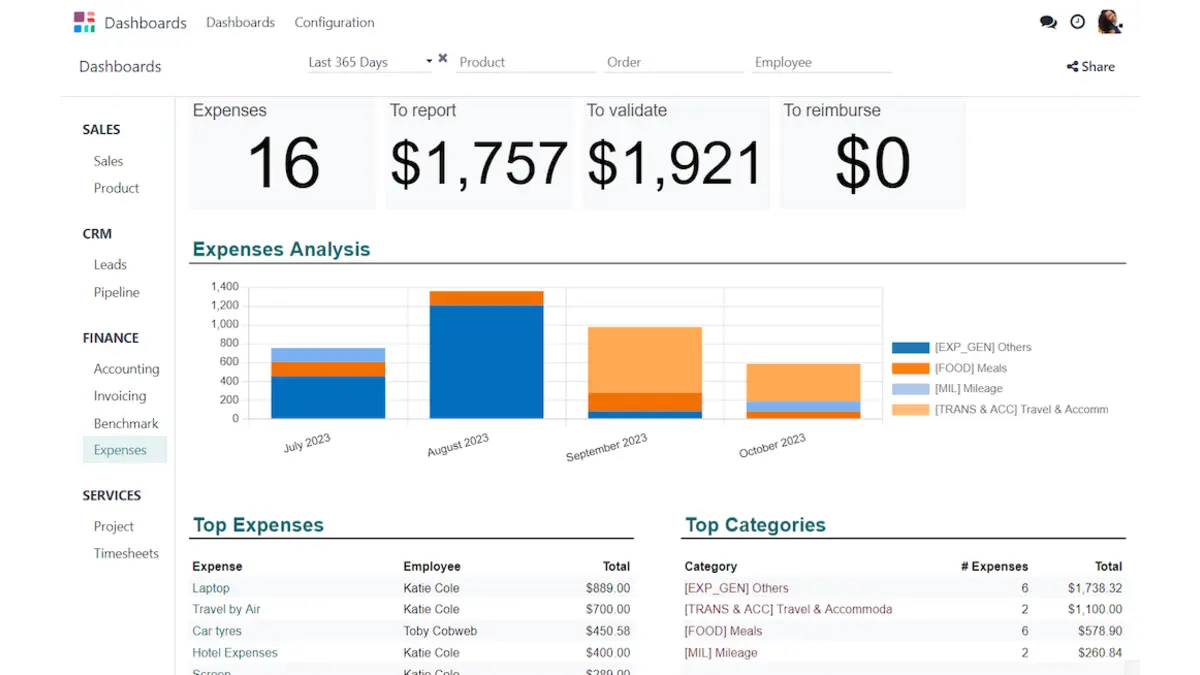
Source: Pragmatic
Odoo offers a modular ERP system that can be customized to meet the unique needs of universities. It includes academic administration, finance, student management, and communication features. The open-source nature allows for flexibility in customization and integration.
In my assessment, this system is well-suited for institutions that require a scalable solution. I find its user-friendly interface and wide range of modules highly practical, allowing universities to build the ERP system they need without extensive coding. Its affordable pricing structure is also a notable advantage.
I chose Odoo because it is ideal for smaller institutions or those with specific needs who want a cost-effective solution without sacrificing functionality.
Features:
- Modular System (Finance, HR, Student Management)
- Open-source customization
- Communication Tools
- Real-time Data Analytics
- Academic Administration
| Pros | Cons |
|
|
4. Ellucian
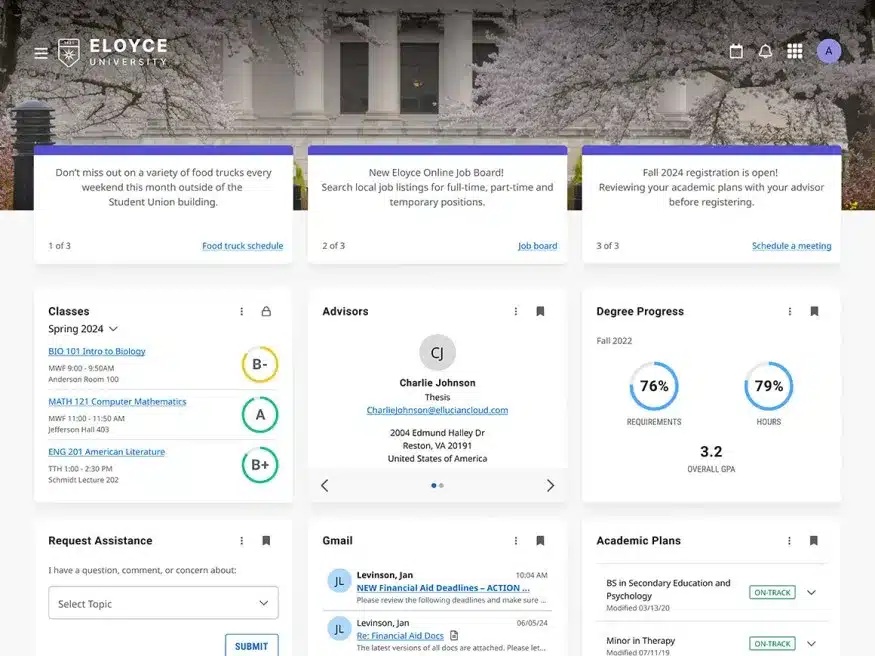
Source: ellucian
Ellucian is a popular ERP platform specifically designed for higher education institutions. Its system provides cloud-based solutions for managing student enrollment, academic records, finance, and HR. I appreciate how Ellucian focuses on enhancing student experiences through its integrated platforms.
Ellucian’s ERP system features advanced reporting tools that enable administrators to make informed, data-driven decisions. It supports collaboration between departments, ensuring smoother workflows. The system is designed to be flexible, adapting to universities’ evolving needs.
I chose Ellucian as most suitable for mid-sized to large universities that require a fully integrated approach to managing both student data and staff administration.
Features:
- Student Enrollment Management
- Academic Records and Reporting
- Financial Management
- Cloud-based architecture
- Collaborative tools for departments
| Pros | Cons |
|
|
5. Jenzabar

Source: G2
Jenzabar offers an ERP system designed for higher education institutions. Its features cover student lifecycle management, financials, and HR. The system aims to increase efficiency and improve student engagement through solid data analytics and reporting capabilities.
What stands out to me is its integrated platform, which centralizes operations and simplifies the management of multiple systems. The real-time reporting tools are particularly useful for administrators who need quick access to reliable data for decision-making.
I chose Jenzabar because it is especially effective for private colleges and universities that want to prioritize student engagement while streamlining administrative efficiency.
Features:
- Student Lifecycle Management
- Financial Management
- HR and Payroll Integration
- Reporting and Analytics
- Real-time Data Access
| Pros | Cons |
|
|
6. Kohezion

Source: Kohezion
Kohezion is a no-code ERP system built to simplify data management for universities. I find its customizable platform particularly appealing, as it enables institutions to manage student records, schedules, HR, and finances without requiring advanced technical skills. Its visual interface also makes setup straightforward.
One of the system’s key strengths is its flexibility. Kohezion allows universities to create custom forms and reports, enabling the system to adapt to various academic processes. It’s ideal for smaller institutions seeking an affordable and user-friendly solution.
I chose Kohezion, suited for smaller educational institutions or those new to ERP systems, seeking a straightforward implementation.
Features:
- A no-code platform for customization
- Student Record Management
- HR and Financial Tools
- Custom Form and Report Creation
- Easy-to-use interface
| Pros | Cons |
|
|
7. Fedena

Source: Fedena
Fedena is an open-source ERP system that provides comprehensive solutions for student management, finance, and administration. It helps universities automate enrollment, fee management, and academic record-keeping tasks. Its modular design provides flexibility.
I also appreciate its focus on simplicity. The interface is straightforward, requiring minimal staff training, and the real-time reporting tools give administrators quick access to critical data. This combination makes day-to-day management more efficient.
I chose Fedena for smaller colleges or institutions, seeking a budget-friendly option that covers essential functions without requiring extensive customization.
Features:
- Student and Course Management
- Financial Management
- Real-time Reporting
- Modular Design
- Open-source platform
| Pros | Cons |
|
|
8. iSAMS
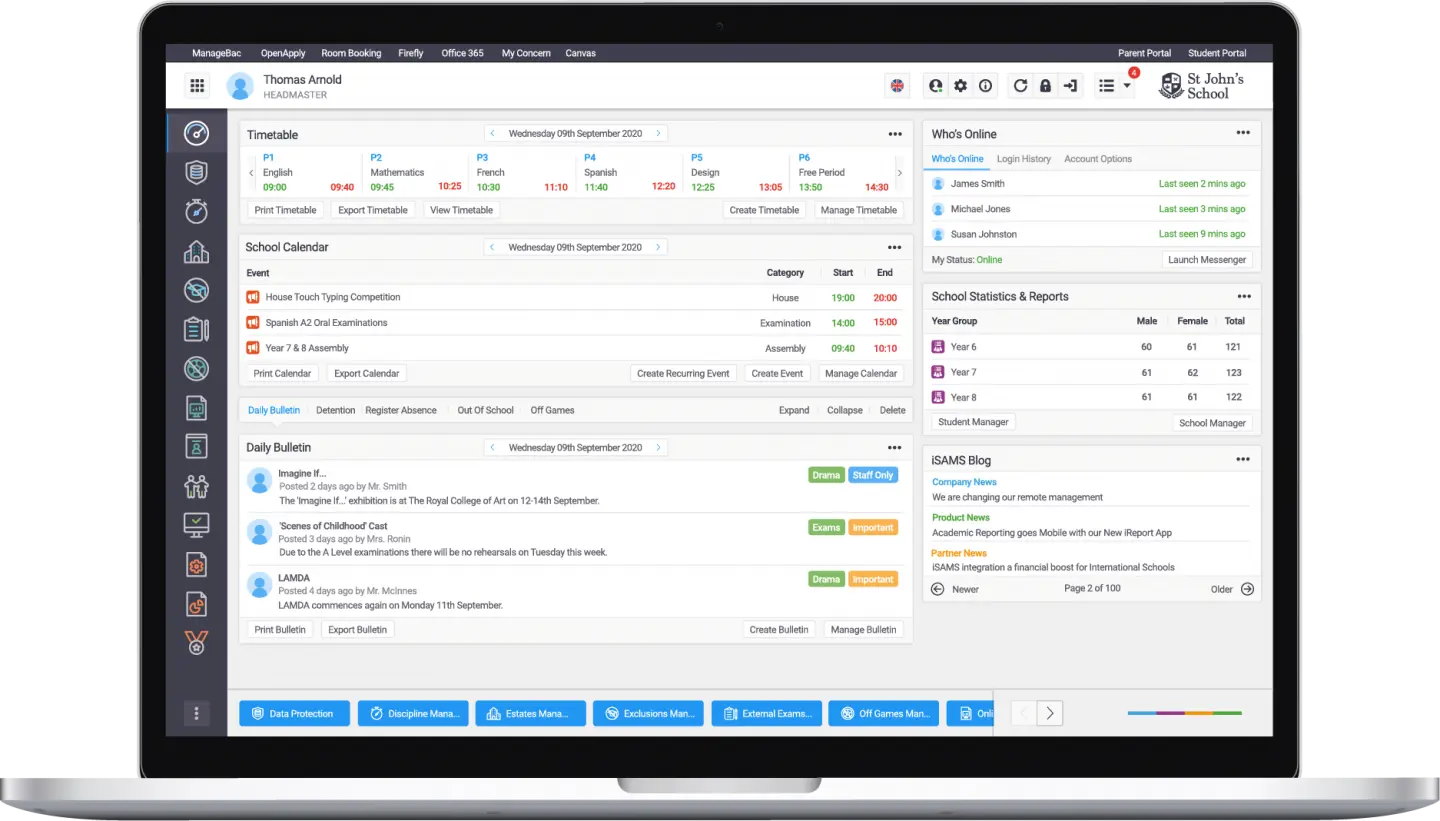
Source: iSAMS
iSAMS is an ERP system designed to help universities manage core functions such as enrollment, attendance, grading, and finance. I find it particularly effective in strengthening communication between students, faculty, and staff, which leads to smoother daily operations and more informed decisions.
I chose iSAMS for its flexibility with real-time data access, customizable modules, and seamless integration options. iSAMS empowers institutions to tailor the platform to their unique needs. The result is streamlined workflows, higher productivity, and reliable records that support long-term growth.
Features:
- Grading and Examination Module
- Financial Management (Fees, Payments, Invoices)
- HR and Staff Management
- Real-time Data Access and Reporting
- Communication Tools (Emails, Notices)
| Pros | Cons |
|
|
“ERP in a university management system integrates academic, administrative, finance, and student services into one platform, enhance the overall student and staff experience.”
– Angela Tan, Regional Manager
Challenges in Implementing ERP in Education
When implementing an ERP system for education, institutions face several obstacles. Here are some of the most common challenges that I curated for you:
1. Resistance to change
Many educators and staff may be reluctant to adapt to new technology. This resistance can lead to slow adoption rates, disrupting workflows. Effective training and clear communication are essential to overcoming this barrier.
2. Data migration
Transitioning from legacy systems to an ERP system involves transferring vast amounts of data. This process is often complex, requiring careful planning to avoid data loss. Ensuring that the ERP system integrates smoothly with existing data is crucial.
3. Cost considerations
Implementing an ERP system can be a costly endeavor. While the long-term benefits are significant, initial setup, customization, and training expenses can be a primary concern. Institutions should carefully budget for both upfront and ongoing costs to maximize ROI.
How to Choose an ERP System for Education

Choosing the right university ERP system is critical for success. Here are some of my tips to guide the selection process:
1. Scalability
Ensure the ERP system is scalable to accommodate future growth and expansion. The system should be flexible, allowing for easy updates and expansion as your institution’s needs evolve. This ensures long-term usability without requiring frequent replacements.
2. User-friendliness
A user-friendly interface is essential for quick adoption. The system should be intuitive for administrators, faculty, and students. Easy navigation enhances efficiency and reduces training time.
3. Integration with existing systems
The ERP system, including a tuition management system, must integrate seamlessly with your current school setup. Whether it’s accounting software or learning management systems, seamless integration prevents data silos and ensures smooth operations across all departments.
Conclusion
I found that a well-implemented university ERP system can vastly improve administrative efficiency, data management, and student engagement. With features such as real-time updates and centralized management, these systems help educational institutions thrive in an increasingly digital world.
HashMicro offers a comprehensive university ERP system in Singapore designed to address these challenges by streamlining administrative tasks, improving data accuracy, and increasing overall productivity.
Experience the benefits by trying out HashMicro’s education ERP system with a free demo!

FAQ
-
How does a University ERP system improve university operations?
It integrates key functions like student management, finance, and HR, automating tasks, reducing errors, and providing real-time data, which improves efficiency and decision-making across departments.
-
What are the key benefits of using ERP systems in universities?
ERP systems enhance operational efficiency by automating workflows, improving data accuracy, and providing real-time insights, enabling better resource allocation, cost reduction, and an enhanced academic experience.
-
What should universities consider when choosing an ERP system?
When selecting an ERP system, universities should evaluate scalability for future growth, user experience for ease of adoption, and seamless integration with existing infrastructure for smooth data flow and operations.




